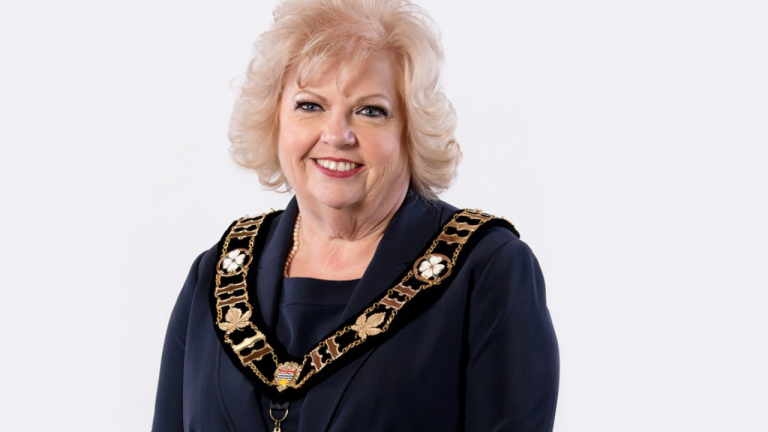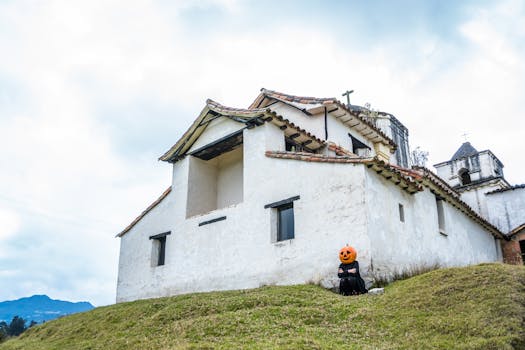
Exploring the Enchanting Landscapes and Rich Culture of Pakistan
Takeaways: Pakistan is a treasure trove for travelers seeking diverse landscapes, rich history, and vibrant culture. From the majestic mountains of the north to the bustling cities in the south, this guide will help you navigate the best experiences that Pakistan has to offer.
Pakistan, a country steeped in history and adorned with stunning natural beauty, is an ideal destination for travelers seeking adventure, culture, and unforgettable experiences. This article will take you on a journey through the diverse landscapes, historical sites, and cultural richness that Pakistan has to offer. Whether you are an adventure seeker, a history buff, or a culture enthusiast, Pakistan has something for everyone.
The Majestic Northern Areas
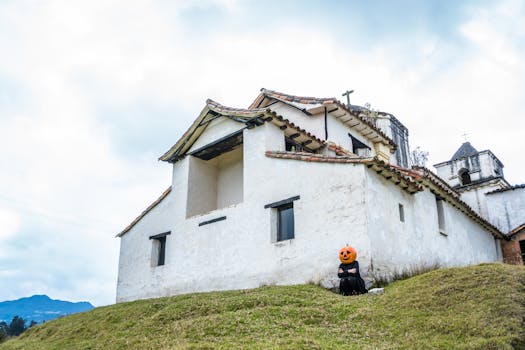
Hunza Valley
One of the most popular destinations in the northern areas is Hunza Valley, known for its stunning scenery and hospitable people. The valley is surrounded by majestic mountains, including Rakaposhi and Ultar Sar. Visitors can explore the ancient Baltit Fort, which offers panoramic views of the valley.
In the spring, the cherry blossoms bloom, creating a picturesque landscape that attracts photographers and nature enthusiasts. Trekking opportunities abound, with trails leading to the breathtaking Passu Cones and the serene Attabad Lake, formed by a landslide in 2010.
Fairy Meadows
Another gem in the northern region is Fairy Meadows, a lush green plateau that offers stunning views of Nanga Parbat. It is accessible by a thrilling jeep ride followed by a hike. The serene environment and the breathtaking views make it a perfect spot for camping and enjoying nature.
Skardu
Skardu is the gateway to some of the most spectacular trekking routes, including the trek to K2 Base Camp. The region is known for its crystal-clear lakes, such as Shangrila Lake and Sheosar Lake, surrounded by towering peaks. Adventure seekers can indulge in trekking, rock climbing, and even river rafting in the Indus River.
Cultural Richness of Pakistan
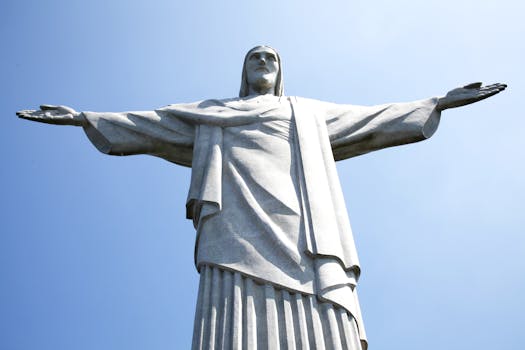
Lahore: The Heart of Culture
Lahore, the cultural capital of Pakistan, is a city that embodies the essence of the country’s history and traditions. The Lahore Fort and Badshahi Mosque are must-visit historical sites that showcase Mughal architecture. The vibrant streets of the Walled City offer a glimpse into the bustling life of Lahore, complete with local markets and food stalls.
The city is famous for its culinary delights, with dishes like Biryani, Nihari, and the iconic Lahore street food. Experience the vibrant atmosphere of the Lahore Literary Festival and the annual Basant festival, celebrating the arrival of spring with kites flying across the skyline.
Karachi: A Melting Pot
Karachi, the largest city in Pakistan, is a melting pot of cultures and a hub of economic activity. The city boasts beautiful beaches, such as Clifton Beach and Hawksbay, as well as historical landmarks like the Quaid-e-Azam’s Mausoleum. Karachi’s diverse food scene offers everything from traditional Sindhi dishes to international cuisine.
Peshawar: The Gateway to the North
Peshawar, with its rich history and cultural significance, is often overlooked by travelers. The city’s Qissa Khwani Bazaar is a vibrant market where you can experience the local culture and shop for handicrafts. Visit the Peshawar Museum to learn about the region’s history, including its significance along the ancient Silk Road.
Adventure Awaits

Trekking and Hiking
The northern areas are a trekker’s paradise, with numerous trails that cater to different skill levels. Popular trekking routes include the Baltoro Glacier trek and the trek to Nanga Parbat Base Camp. Each trail offers stunning views of the surrounding peaks and valleys.
Water Sports
In addition to trekking, water sports enthusiasts can enjoy activities such as river rafting in the Indus River and kayaking in the lakes of Skardu. The thrill of navigating through the rapids or gliding across a serene lake is an unforgettable experience.
Wildlife and Nature Reserves
Pakistan is home to diverse wildlife and nature reserves. The Khunjerab National Park is a sanctuary for the endangered snow leopard, while the Hingol National Park offers a glimpse of unique geological formations and wildlife. Birdwatchers can also find a variety of species in places like the Kirthar National Park.
Travel Tips for Visiting Pakistan
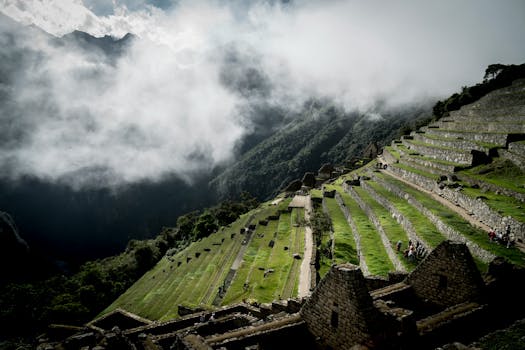
Visa Requirements
Before planning your trip, check the visa requirements for your nationality. Many countries are eligible for an e-visa, which simplifies the process. Ensure that your passport is valid for at least six months from your date of entry.
Local Customs and Etiquette
Understanding local customs and etiquette is crucial for a respectful visit. Modest clothing is recommended, especially in rural areas and religious sites. Always ask for permission before taking photographs of people, and be mindful of cultural sensitivities.
Health and Safety
Stay informed about health advisories and ensure you have the necessary vaccinations before traveling. It’s also advisable to have travel insurance that covers medical emergencies. While Pakistan is generally safe, it’s wise to stay updated on local news and avoid areas with travel advisories.
Conclusion
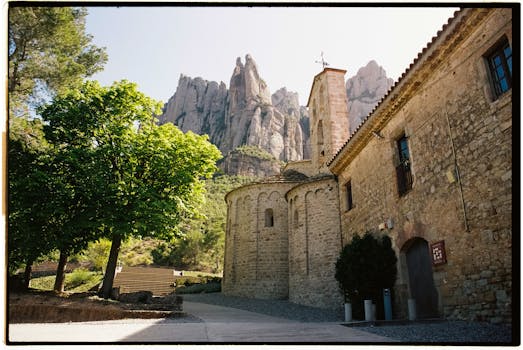
FAQs
1. Is Pakistan safe for tourists?

2. What is the best time to visit Pakistan?
The best time to visit varies by region. Generally, spring (March to May) and autumn (September to November) are ideal for most areas.
3. What should I wear while traveling in Pakistan?
Modest clothing is recommended, especially in rural areas and religious sites. Women should consider wearing a scarf, while both men and women should avoid revealing clothing.
4. What are the must-try foods in Pakistan?
Don’t miss out on traditional dishes like Biryani, Nihari, Karahi, and various types of bread. Street food is also a popular choice!
5. How can I travel within Pakistan?
Domestic flights, trains, and buses are available for traveling between cities. For local travel, ride-hailing apps and taxis are widely used.
